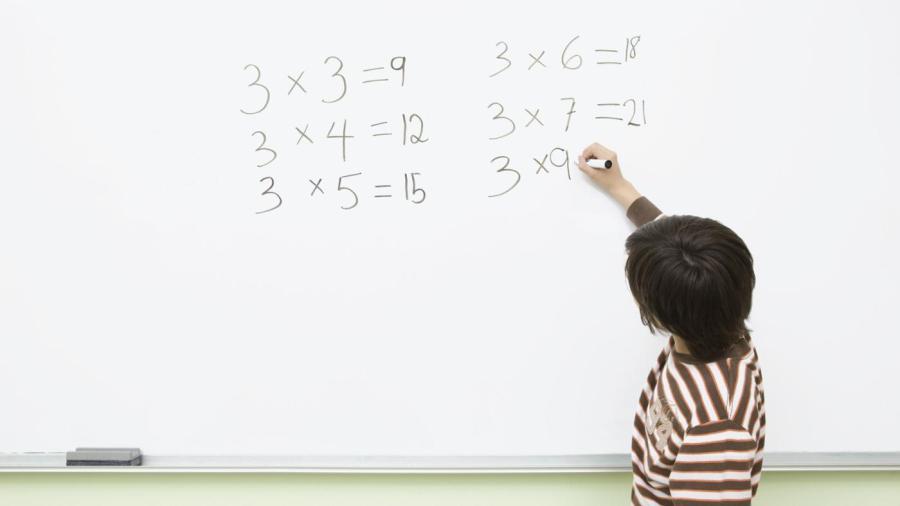What Are the Parts of a Multiplication Problem?
Follow Us:
Twitter

The basic parts of a multiplication problem consist of at least two factors that are multiplied together to result in one product. More than two factors can be involved in a multiplication problem, but the answer always consists of only one product.
For example, in the equation 2 x 3 = 6, 2 and 3 are factors, while 6 is the product. The operation of multiplication is applied to the two factors to generate the product. An “x” is usually used to denote multiplication, but an asterisk, parentheses or no symbol can be used instead. The equation 2 x 3 x 4 = 24 is an example of a multiplication problem with more than two factors. The factors and product can be any number, positive or negative.





